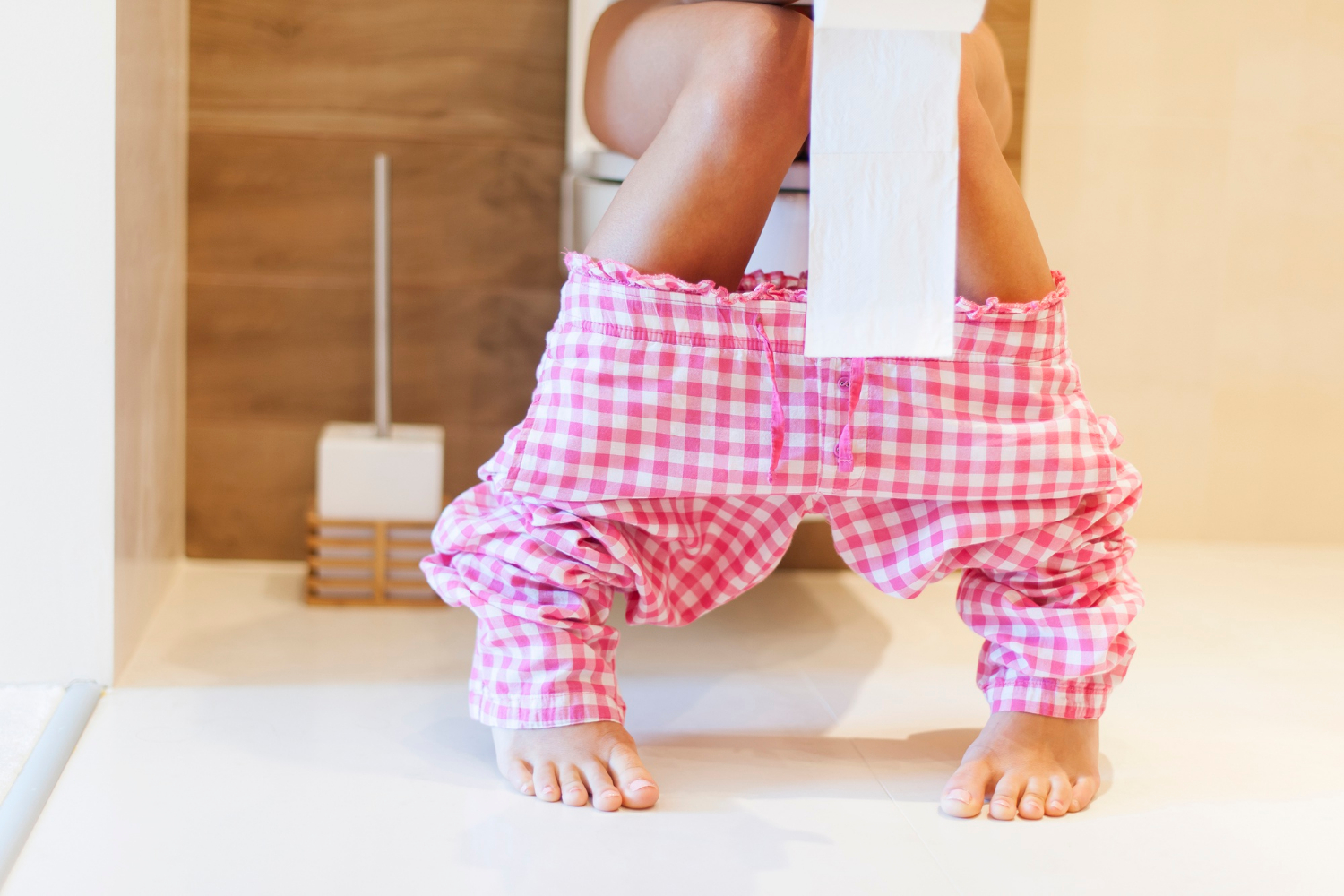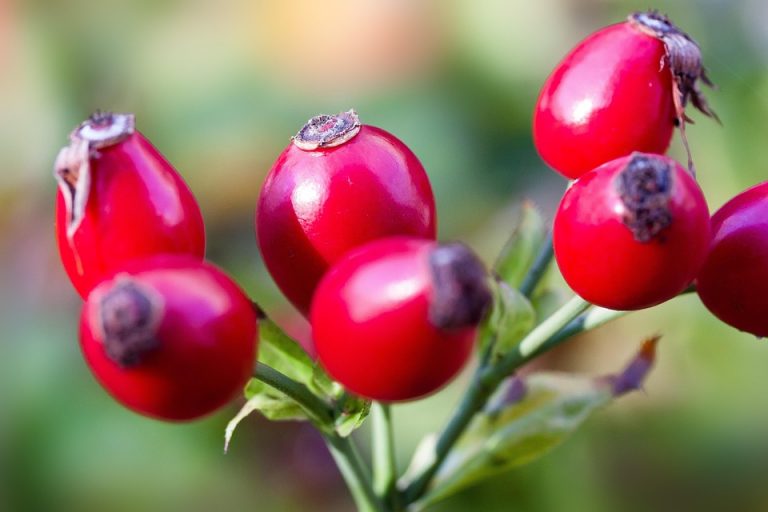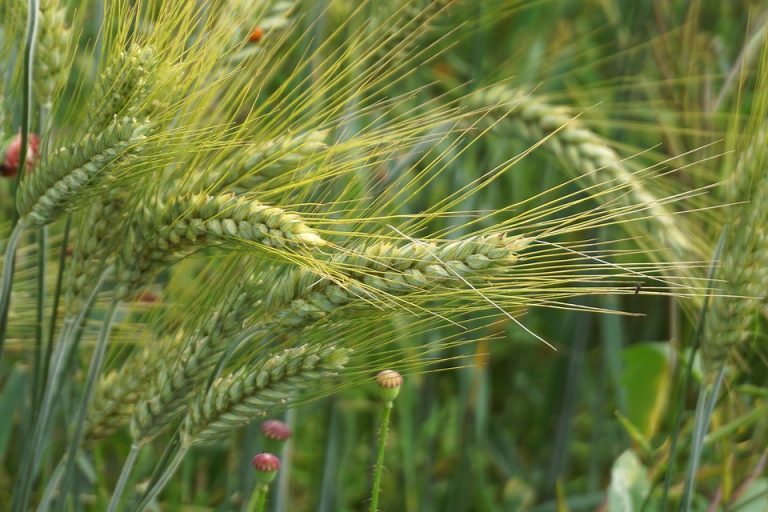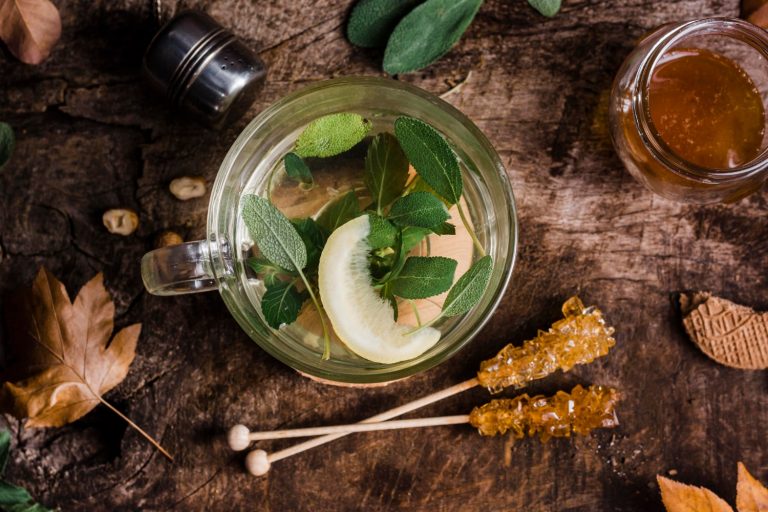Overactive bladder control is a challenge faced by many, yet it often goes unspoken. But here’s the truth: you don’t have to live with the constant urgency and unpredictability. Understanding the secrets to mastering your bladder can transform your life, giving you the freedom to focus on what truly matters.
Contents
What is Overactive Bladder?
Overactive bladder (OAB) isn’t just about needing the restroom frequently. It’s a condition where your bladder muscles contract involuntarily, leading to a sudden, strong urge to urinate. This can happen even when your bladder isn’t full. According to the Urology Care Foundation, over 30 million adults in the U.S. deal with this issue. The urgency, the fear of accidents, and the lifestyle adjustments can feel overwhelming. But knowledge is power, and you can take control.
Why Does This Matter to You?
Living with OAB can be more than just a physical challenge; it can affect your emotional well-being and social life. You might find yourself avoiding outings, feeling anxious about being far from a restroom, or even experiencing sleep disturbances. But by mastering these seven secrets, you can regain the confidence to enjoy life without the constant worry of your bladder dictating your day.
1. Learn Your Triggers
Understanding what sets off your symptoms is the first step. Common triggers include:
- Caffeine: Found in coffee, tea, and some sodas, caffeine can irritate your bladder.
- Alcohol: This can cause increased urgency and frequency.
- Spicy foods: They may lead to irritation in the bladder.
- Artificial sweeteners: These can trigger urinary urgency in some people.
Start keeping a bladder diary. Track what you eat and drink, along with your symptoms. This will help you identify patterns and adjust your diet accordingly.
2. Pelvic Floor Exercises
Strengthening your pelvic floor can work wonders for bladder control. Kegel exercises are particularly effective in tightening these muscles, which support your bladder. Here’s how to do them:
- Identify the Right Muscles: Try to stop urination midstream. Those are your pelvic floor muscles.
- Practice: Tighten these muscles for five seconds, then relax for five seconds. Aim for 10 repetitions.
- Consistency is Key: Perform these exercises three times a day.
Not only will this help with OAB, but it can also enhance sexual health and overall pelvic stability.
3. Bladder Training
Bladder training involves gradually increasing the time between bathroom visits. This method can help your bladder hold more urine and reduce urgency. Here’s a step-by-step guide:
- Set a Schedule: Start by urinating at scheduled times, like every hour.
- Gradually Extend Time: After a week, extend the time by 15 minutes.
- Listen to Your Body: If you feel the urge, try to hold on until the scheduled time.
With patience and practice, your bladder will learn to hold more fluid, and the urge will decrease.
4. Stay Hydrated, But Wisely
It sounds counterintuitive, but staying hydrated is crucial. Dehydration can lead to concentrated urine, which may irritate your bladder. Aim for about 8 cups of water a day, but adjust based on your activity level and climate.
However, be mindful of when you drink:
- Limit fluids before bedtime to reduce nighttime trips to the bathroom.
- Avoid excessive intake of bladder irritants like caffeine and alcohol.
5. Explore Dietary Adjustments
What you eat can either soothe your bladder or aggravate it. Here’s a list of foods that may help:
- Fruits: Blueberries, bananas, and watermelon are generally bladder-friendly.
- Vegetables: Spinach, carrots, and cucumbers can be soothing.
- Whole grains: Brown rice and oatmeal provide fiber that supports overall health.
Conversely, try to limit:
- Citrus fruits: They can irritate the bladder.
- Tomato-based products: These may also cause discomfort.
6. Seek Professional Help
Sometimes, you need guidance from a professional. A urologist or a pelvic floor specialist can offer tailored advice and treatment. Options may include:
- Medications: There are several medications that can relax the bladder and reduce urgency.
- Physical therapy: Specialized pelvic floor therapy can provide targeted support.
- Behavioral therapy: Cognitive behavioral therapy may also help manage anxiety related to OAB.
7. Consider Alternative Therapies
If traditional methods aren’t enough, explore alternative therapies. Acupuncture, mindfulness, and yoga can help reduce stress and promote relaxation. Stress often exacerbates bladder issues, so finding balance can be beneficial.
- Yoga: Poses that focus on relaxation and core strength might ease bladder pressure.
- Mindfulness and meditation: These techniques can help you manage the anxiety that comes with OAB.
Bottom Line
Mastering overactive bladder control today is within your reach. Understanding your triggers, practicing pelvic floor exercises, and making thoughtful dietary choices can significantly improve your quality of life. You deserve to live freely, without the constant worry of bladder urgency.
Take the first step today. Start by keeping that bladder diary, or try a few Kegel exercises. Remember, you’re not alone, and help is available. Consider consulting with a healthcare professional to explore the best options for you.
FAQ
Q: Is overactive bladder a normal part of aging?
A: While OAB can be more common with age, it’s not a normal part of aging. Many young adults experience it too, and it can be treated.
Q: Can stress affect bladder control?
A: Yes, stress can exacerbate OAB symptoms. Techniques like mindfulness and yoga can help manage stress levels.
Q: Are there any natural remedies for OAB?
A: Some people find relief with herbal remedies, but it’s essential to consult your healthcare provider before trying them.
Embrace these secrets, and you’ll find yourself taking charge of your bladder, not the other way around. Your journey to mastery starts today.








